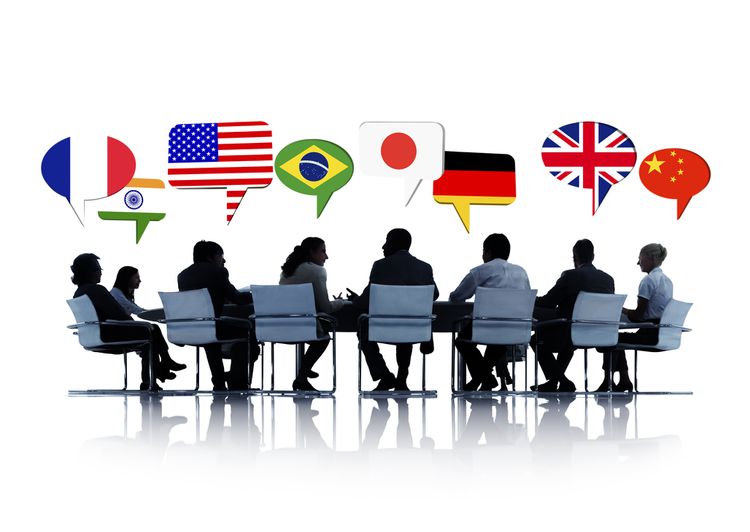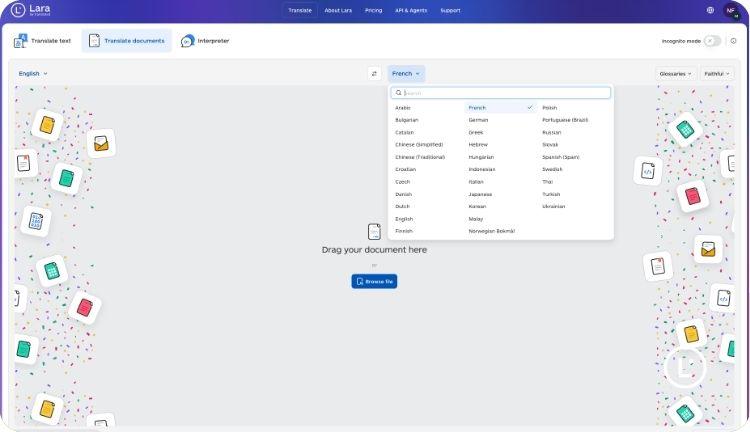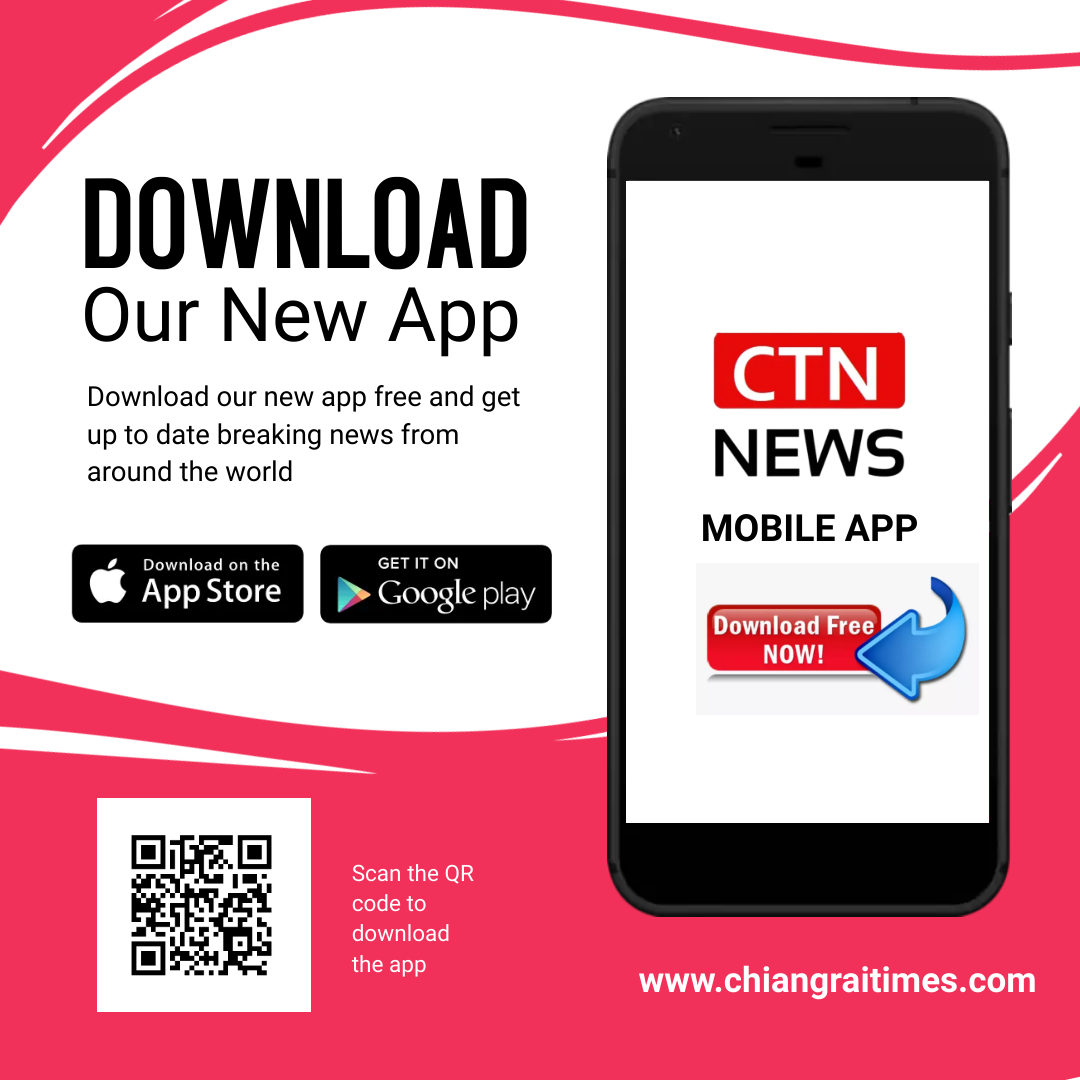Startups spend a lot of time thinking about product, funding, and scaling fast. But there’s one factor that often gets overlooked — and it can quietly decide whether your company grows internationally or stalls at the edge of your home market: language.
If you’re building for a global audience, language isn’t a detail. It’s the bridge between your product and your users. Done well, it opens new markets. Done poorly, it turns away customers before they even get started.
Why Language Is No Longer Optional
Expanding globally has never been easier. Cloud-based tools, distributed teams, and international marketing channels mean even early-stage startups can attract users from Berlin to São Paulo in their first month.
But there’s a catch. You can’t just ship the same version of your site or app everywhere and expect it to work. People expect to interact with your product in their language. And if they can’t, they leave.
The Hidden Growth Killers
Here’s how language — or the lack of it — can quietly block your growth:
1. Missed Conversions
Your site looks great, your product is solid, but a visitor can’t quite understand what you offer. One awkward phrase or unclear headline can make you seem unreliable. And just like that, they bounce.
2. Poor Support Experience
If users can’t read your help docs, chat with your support team, or get through onboarding, frustration builds fast. They churn, and you lose the chance to build a relationship.
3. Lost Investor Confidence
When pitch decks or product explainers aren’t clear to international partners, misunderstandings happen. That can hurt your credibility, even if your business is strong.
4. Legal Risks
In regulated markets, sloppy translations of policies or contracts can lead to serious compliance problems. That’s the kind of issue that can slow down or derail expansion.
Language as a Growth Lever
Leading startups treat language as a core part of their growth strategy. Here’s what it unlocks:
- Faster Market Testing
Translating your homepage, product UI, and onboarding early lets you test demand in new regions without building full teams or infrastructure. - Stronger Trust
People feel more comfortable when they interact in their native language. That sense of trust can be the difference between trying your product or not. - Higher Retention
When your onboarding, help content, and support are localized, users stick around longer. They get more value, feel more supported, and are more likely to become fans. - Better Team Communication
As your company grows internationally, clear internal documentation helps align everyone. Multilingual wikis, roadmaps, and updates keep remote teams moving together.
AI Translation Is Changing the Game
The good news? You don’t need a giant localization team to make this happen.
Modern AI translation tools like Lara Translate are built for startups. They go beyond literal word-for-word translation and deliver fast, context-aware content that sounds natural in every language.
With tools like Lara, you can:
- Translate websites, decks, emails, and product content quickly and affordably
- Choose tone and style that match your brand
- Handle legal, technical, and marketing content across dozens of formats
- Flag unclear phrasing before it causes problems
For early-stage teams, this means you can scale without slowing down.
Language Is Infrastructure, Not Decoration
Startups spend endless hours on code, design, and growth loops. But language is just as critical. It connects your product with your users. It shapes how you’re perceived, understood, and trusted across borders.
Think of it this way: your code has to run everywhere. Your message should, too.
If you’re serious about global growth, it’s not just about product-market fit anymore. It’s about language-market fit.
So ask yourself: is your startup speaking the language of growth? If not, now is the time to start.
Related News:
UK Faces Doctor Shortages as the Cost of Global Medical Education Rises















